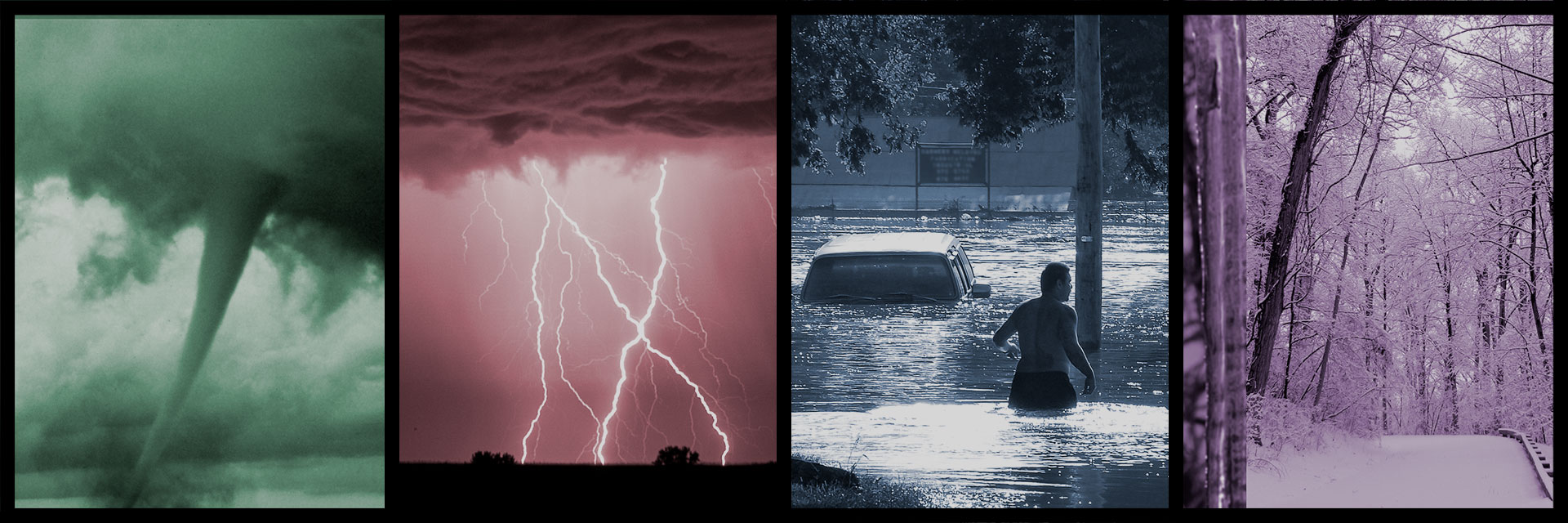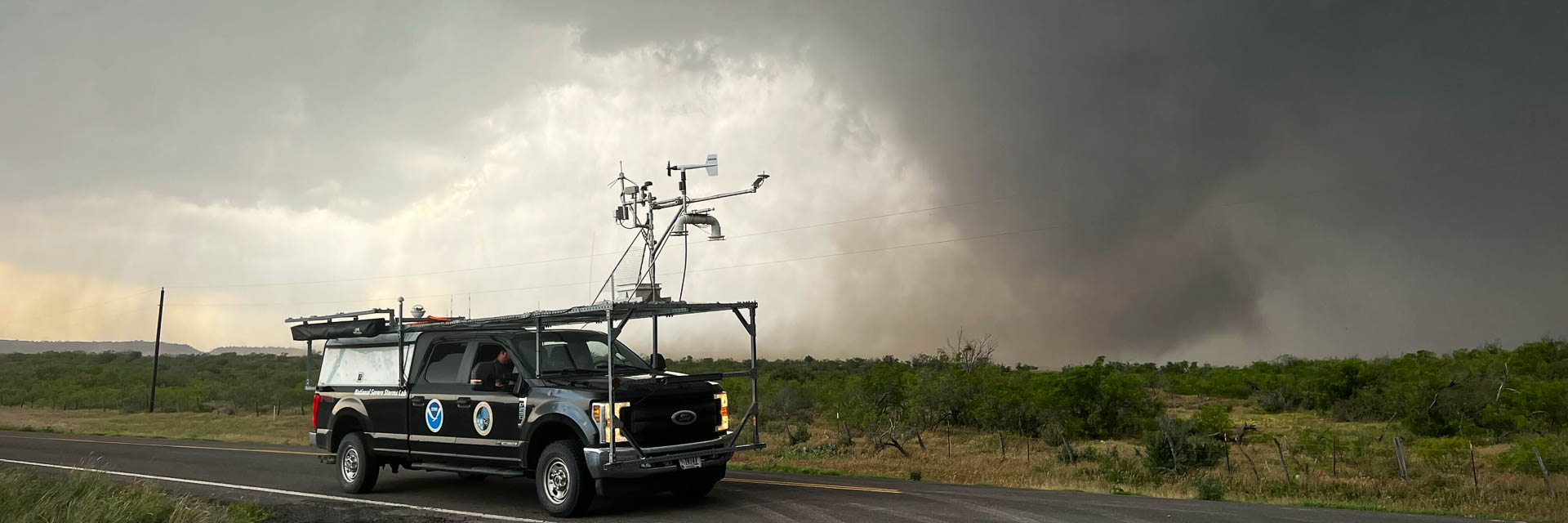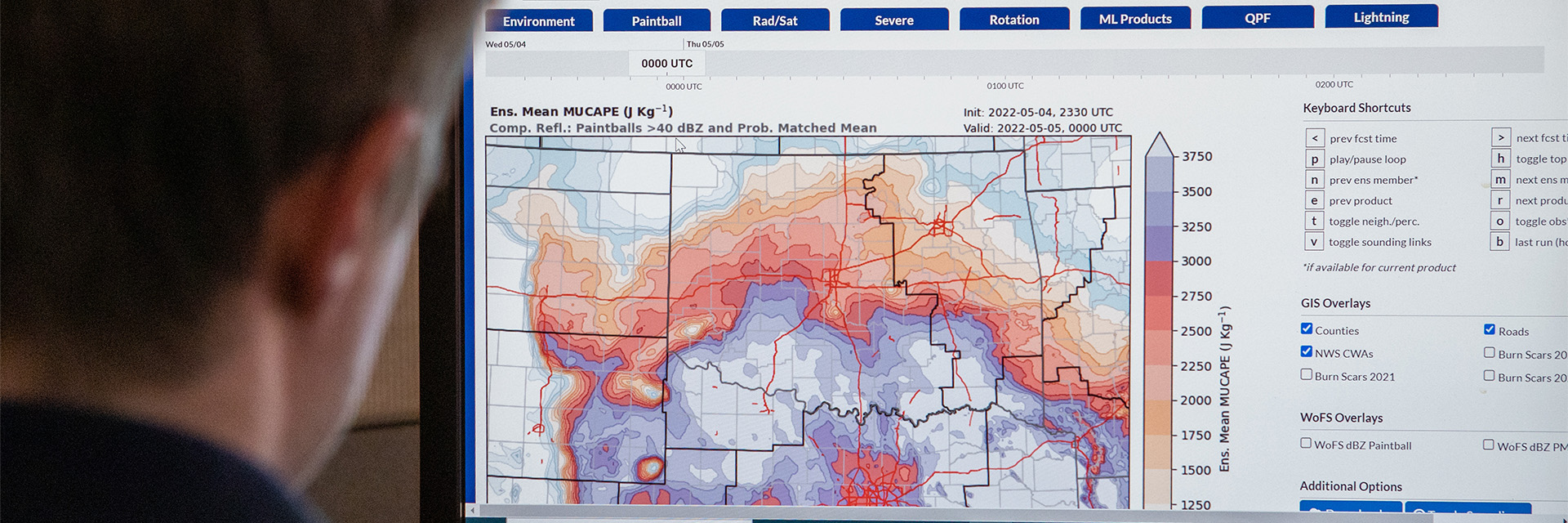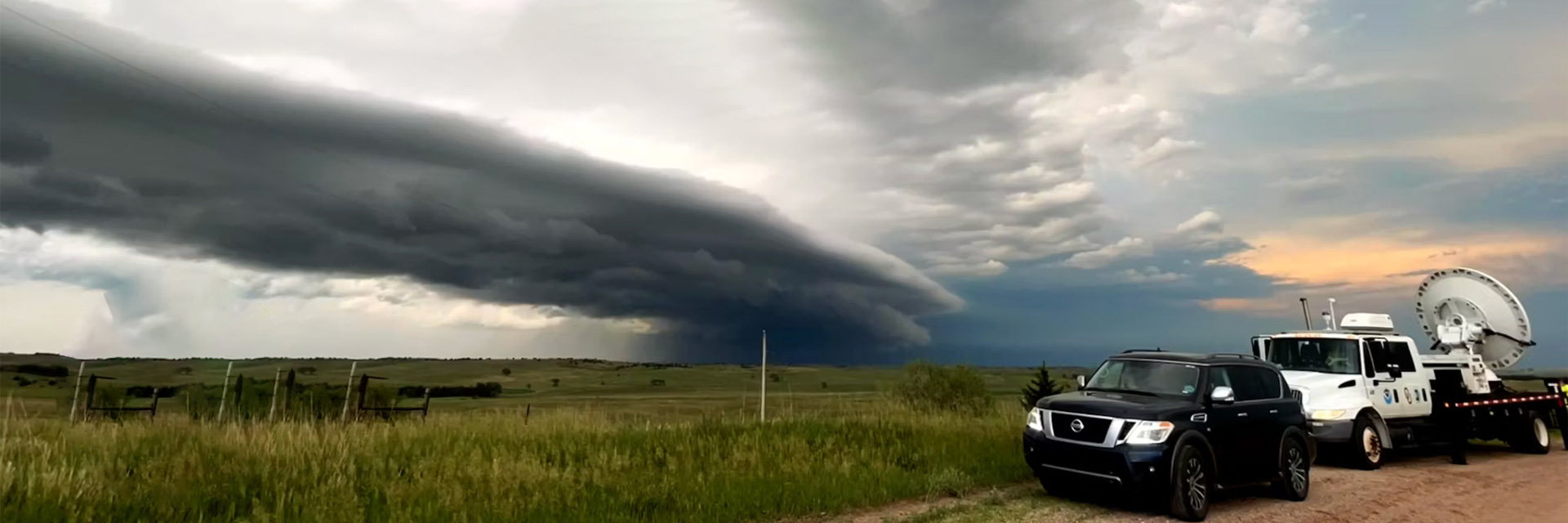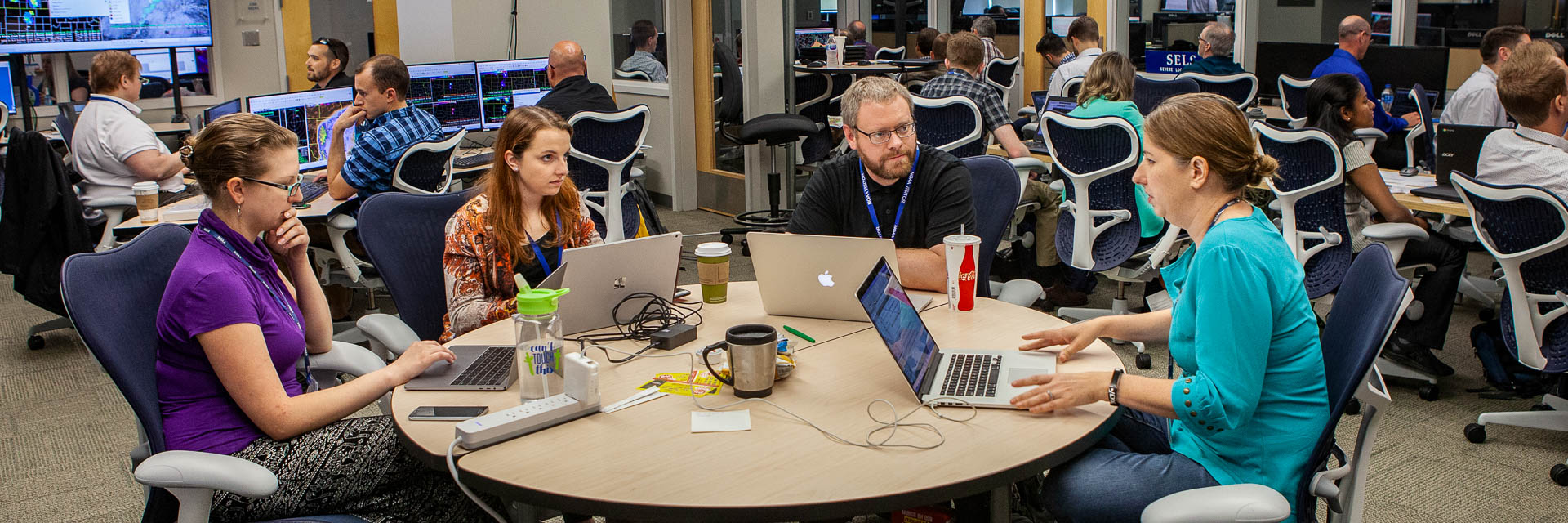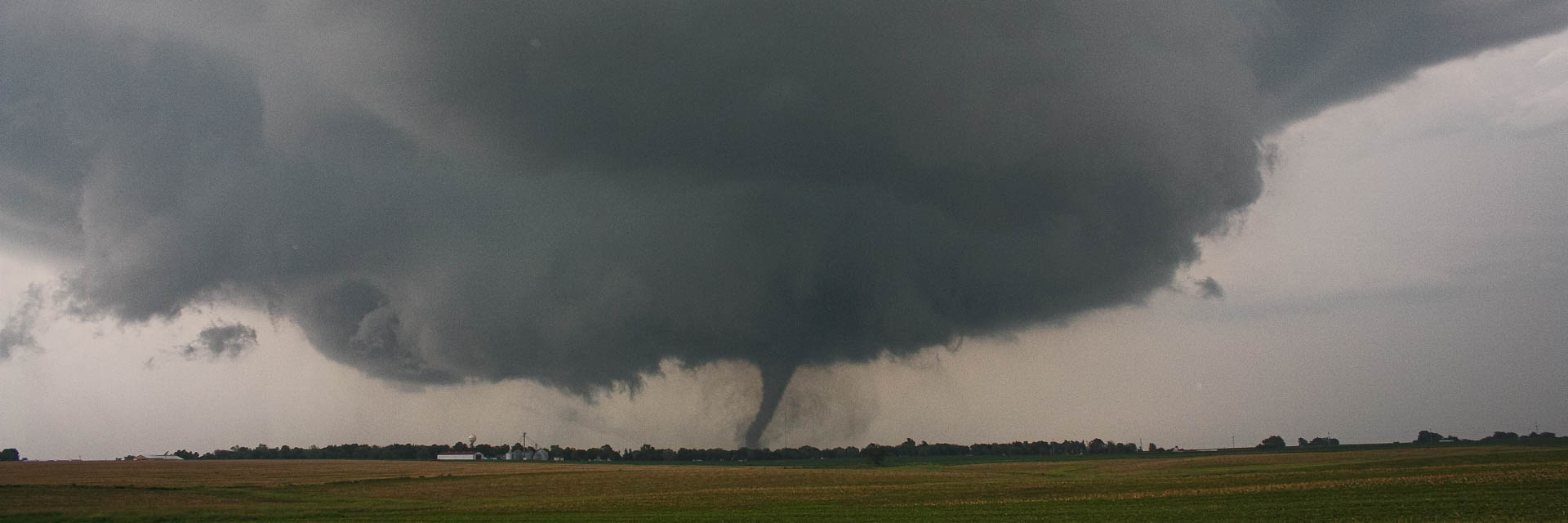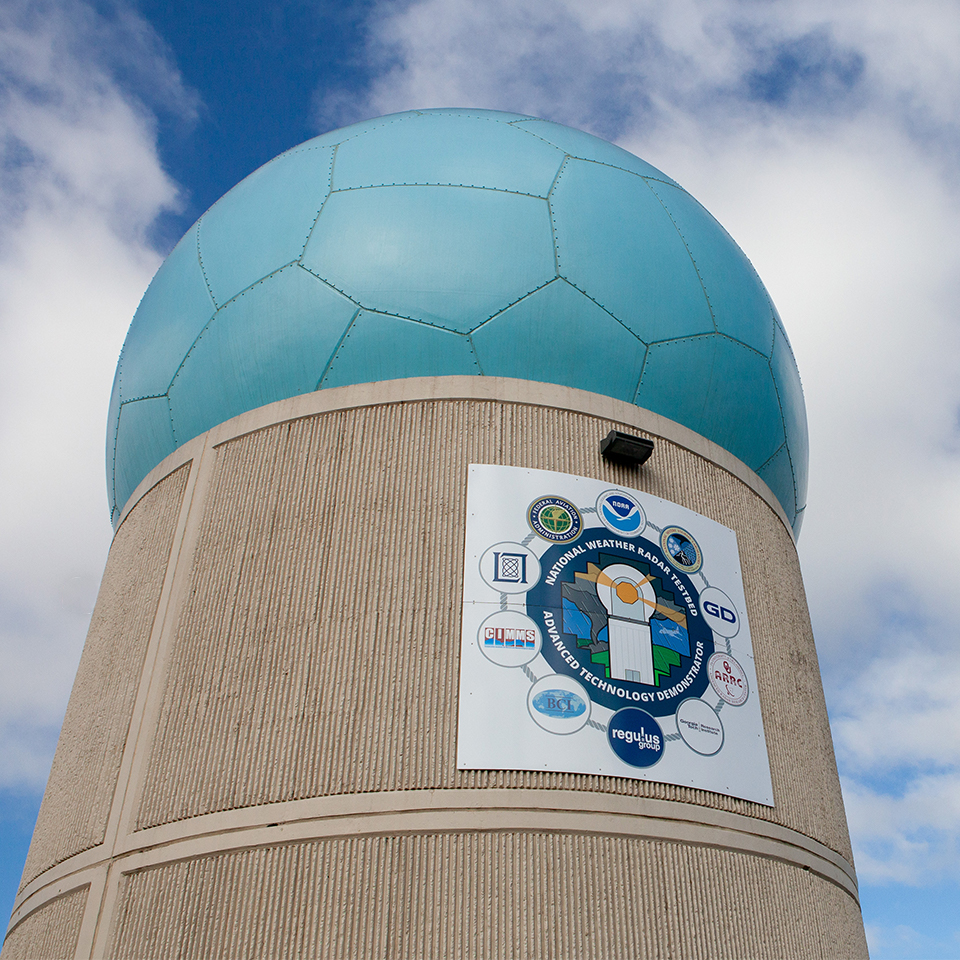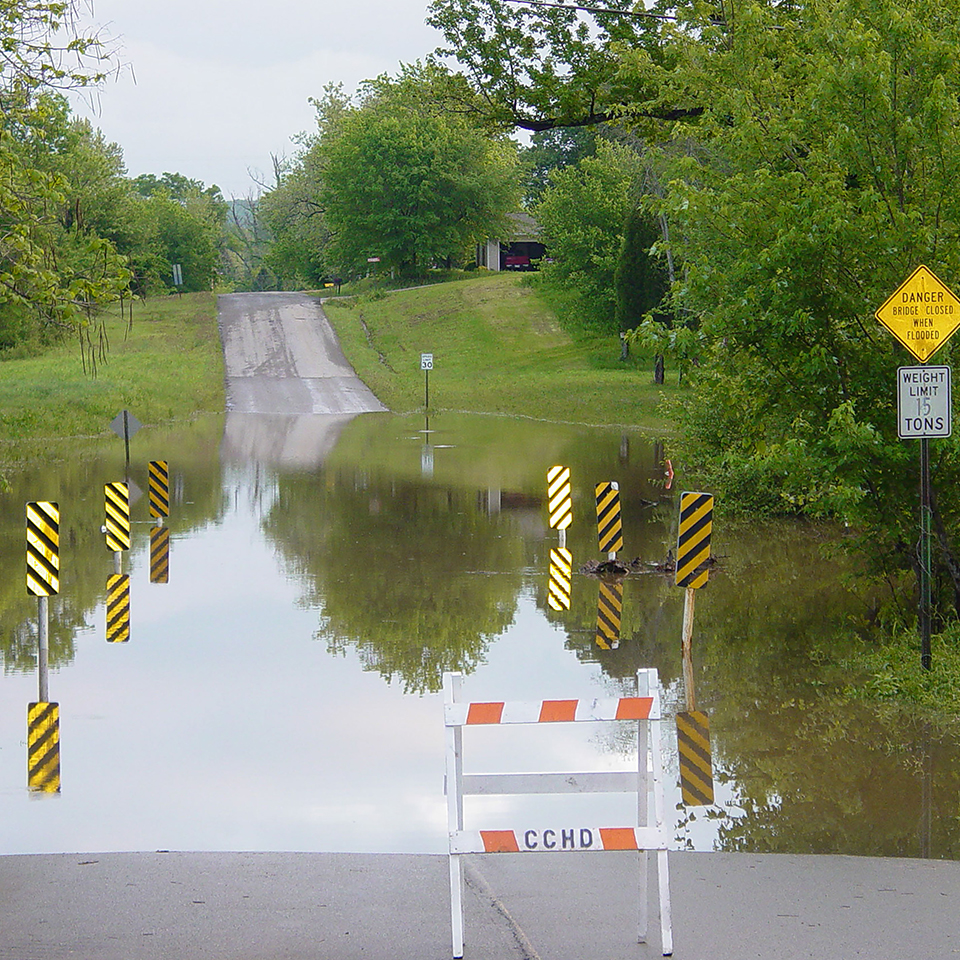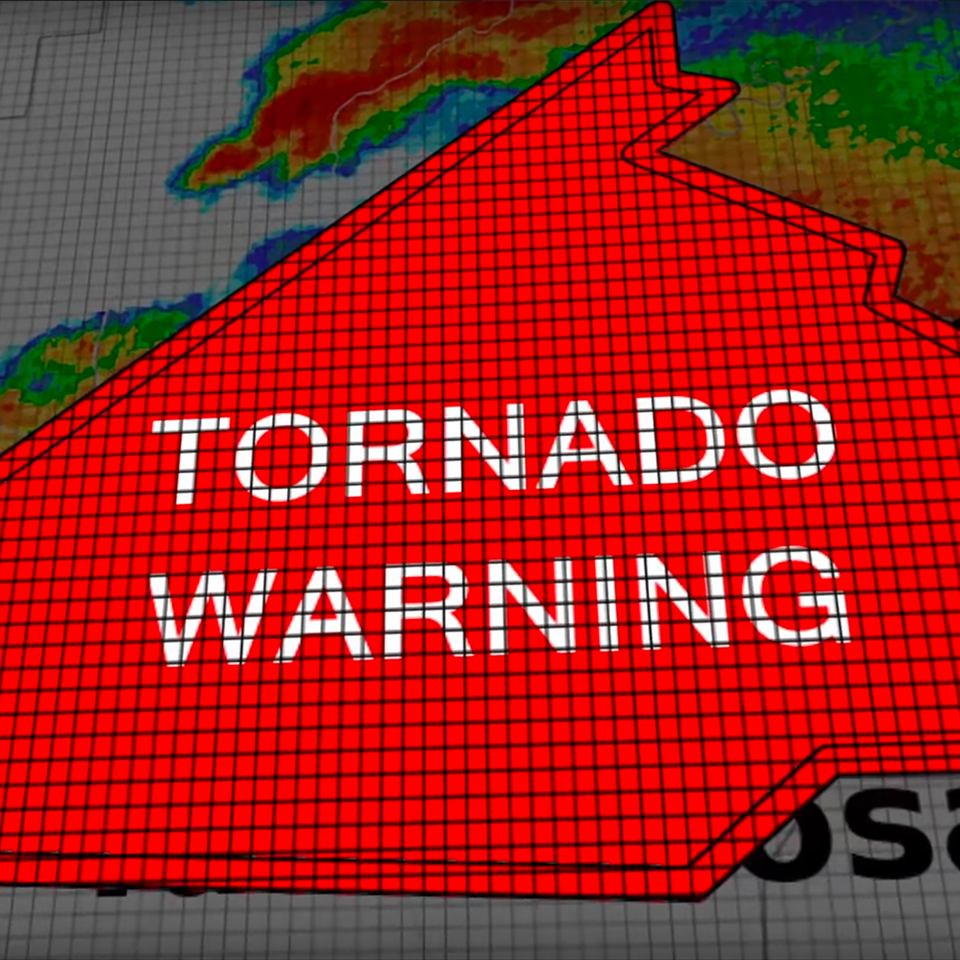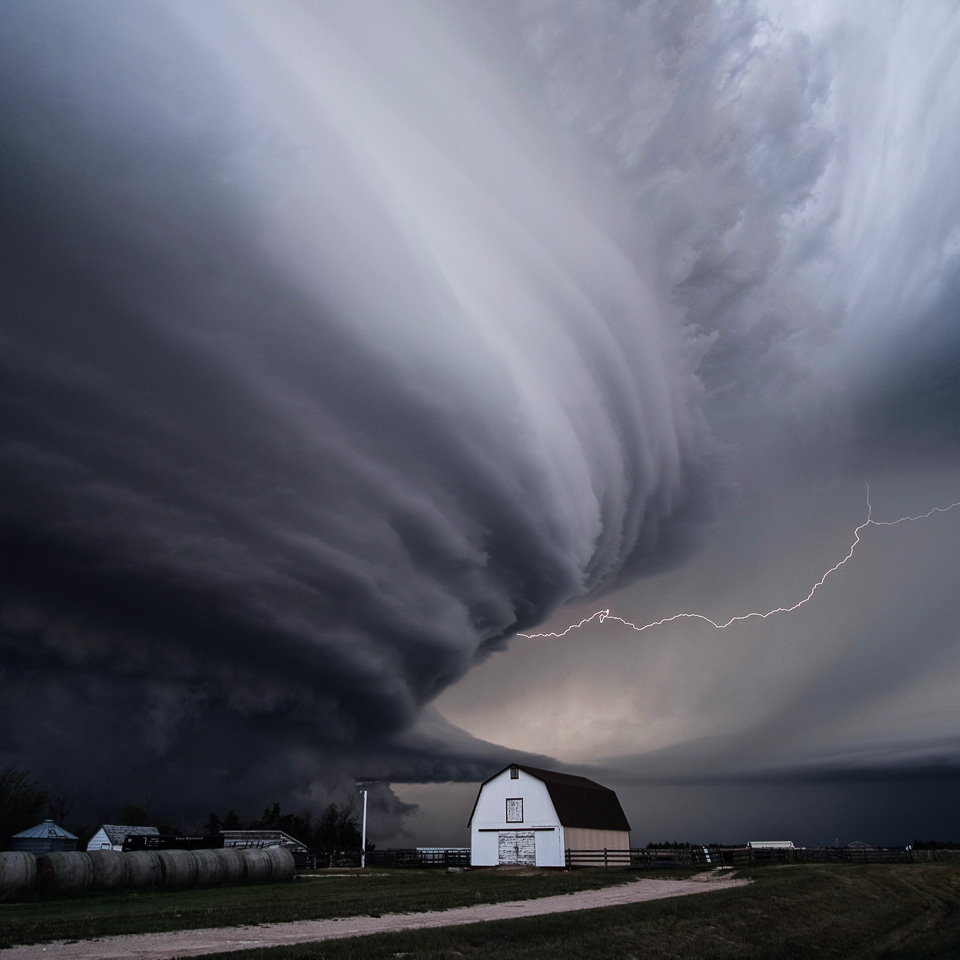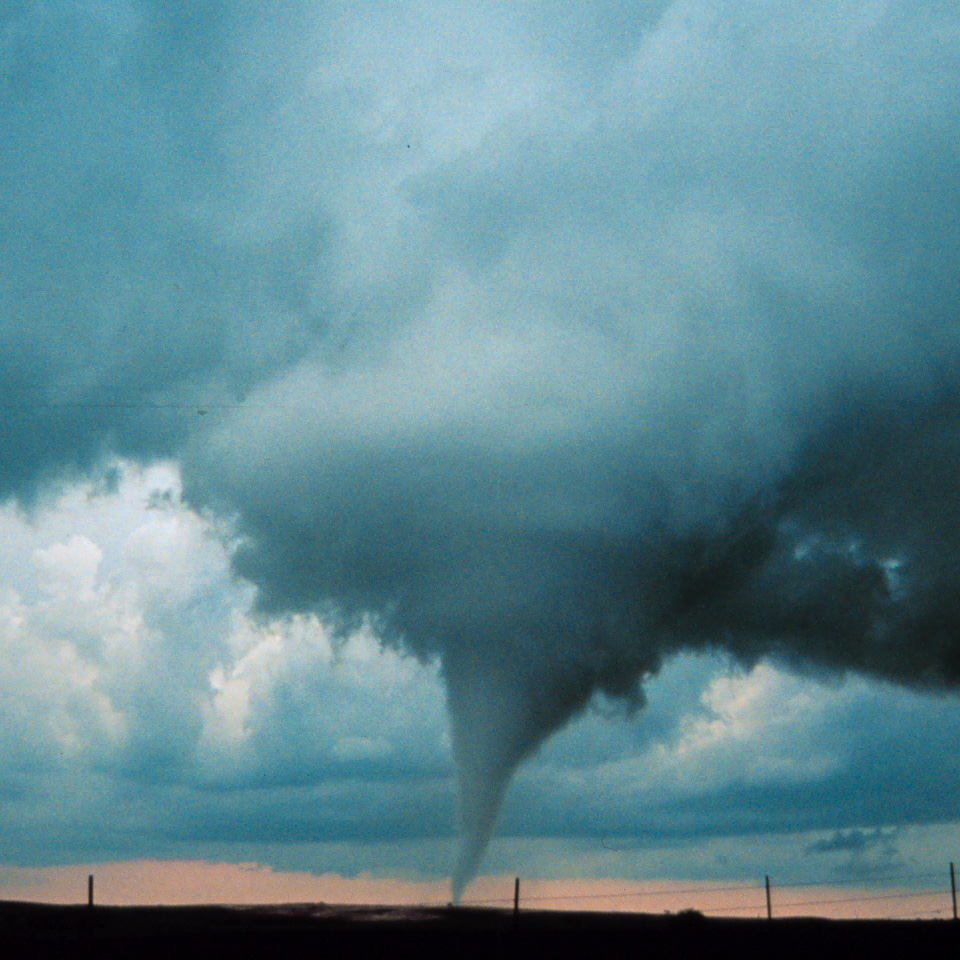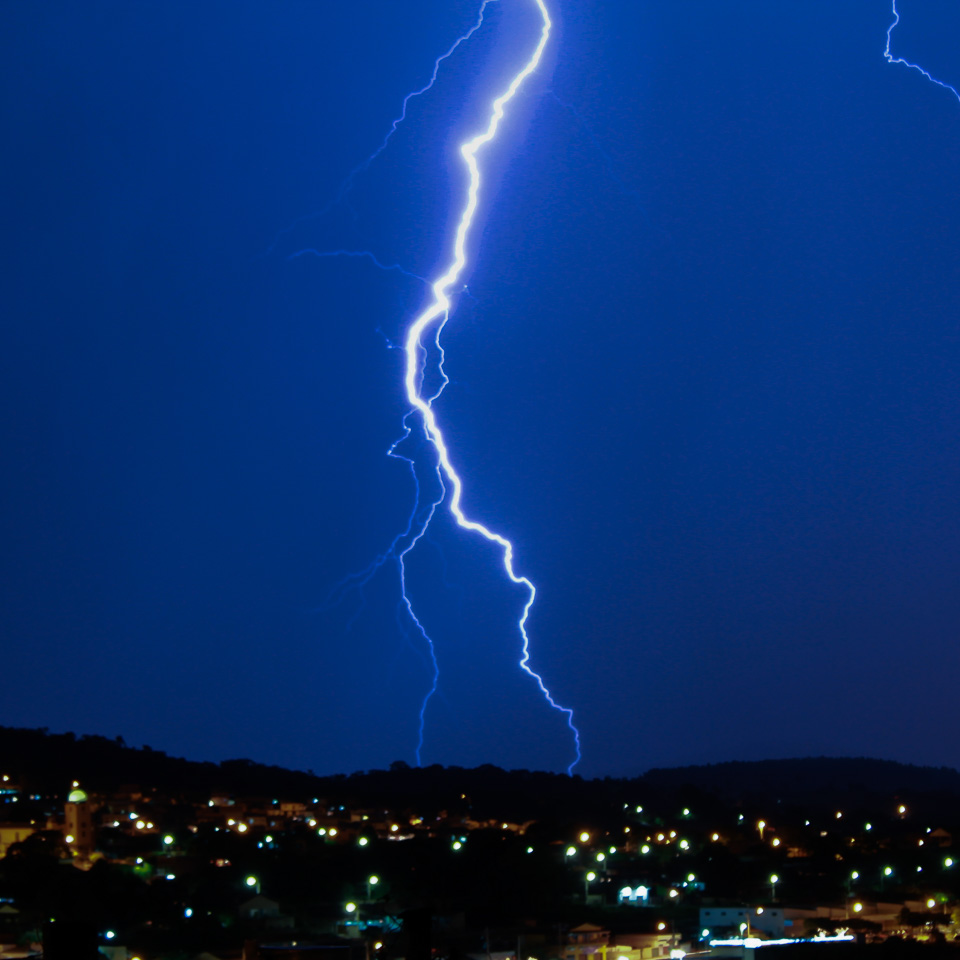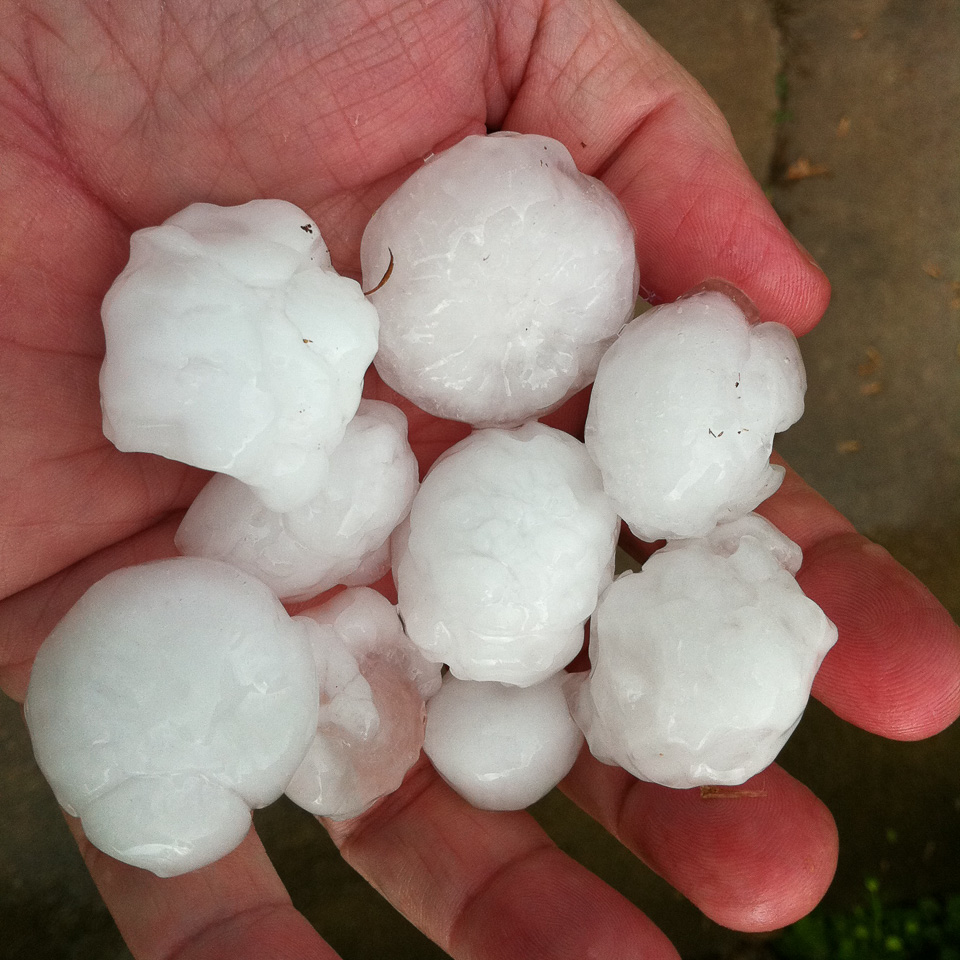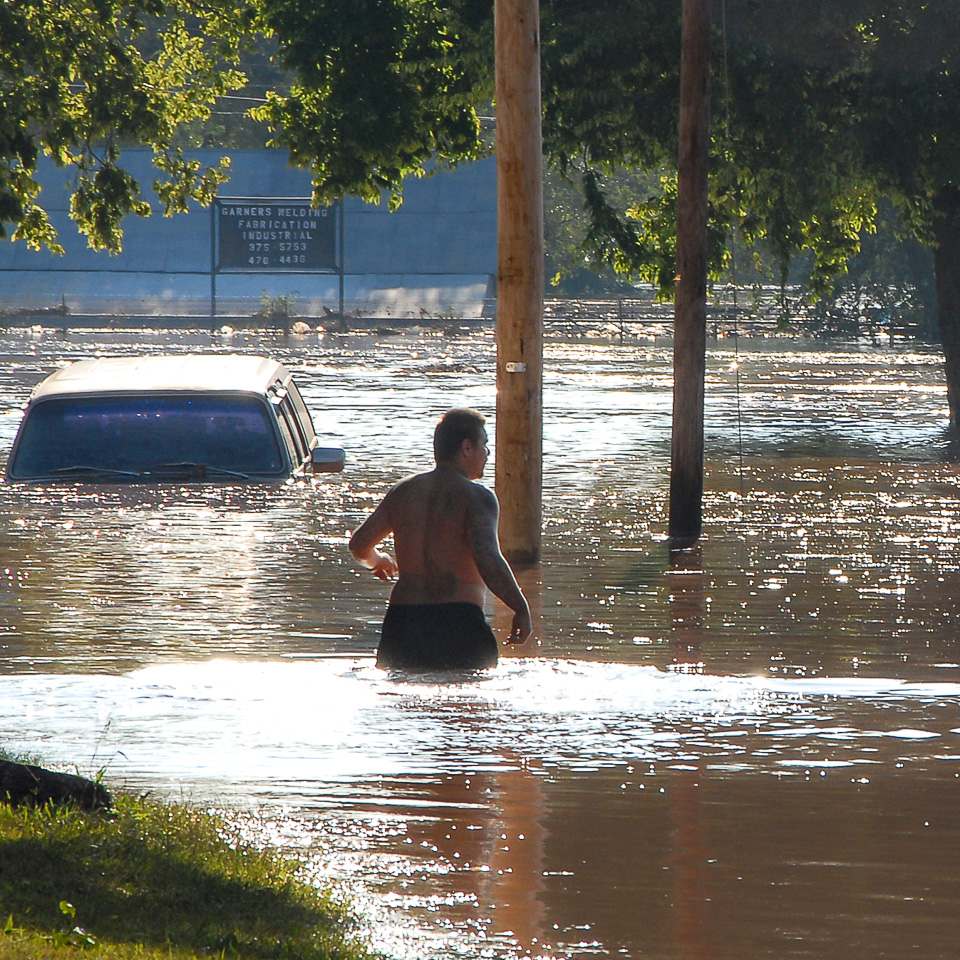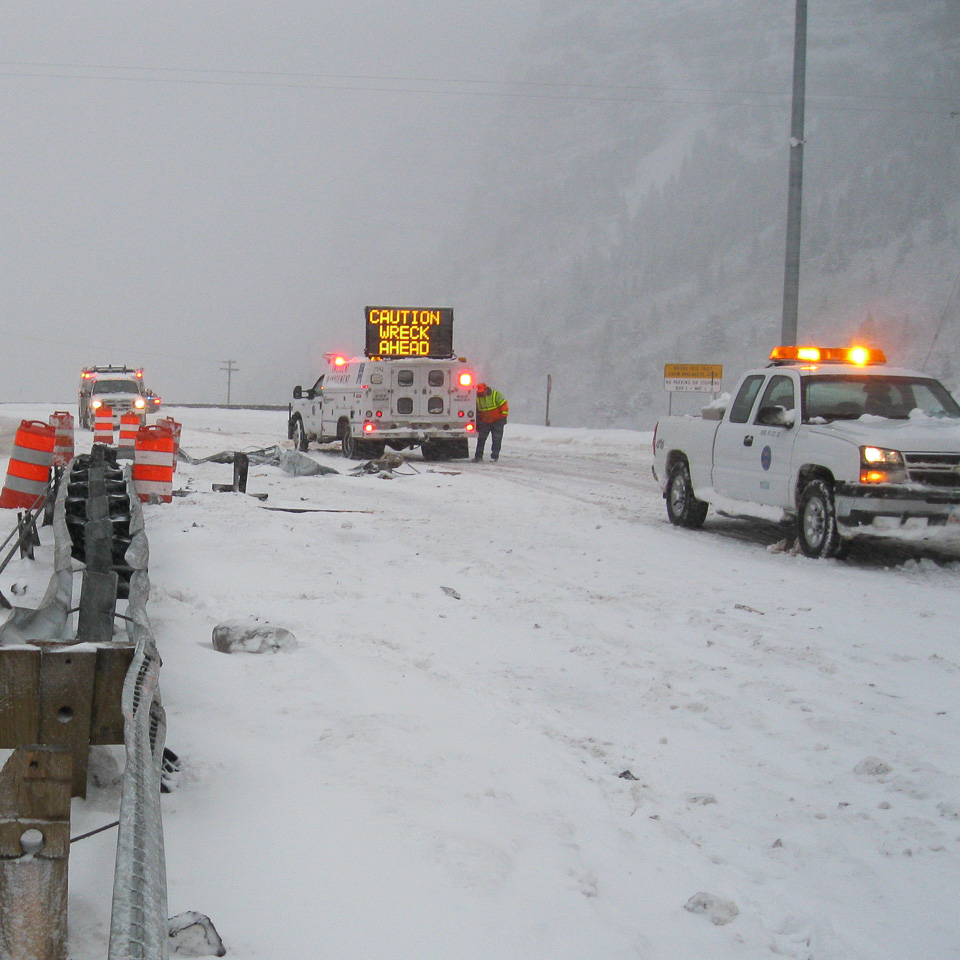Saving Lives & Property…
NOAA’s National Severe Storms Laboratory serves the nation by working to improve the leadtime and accuracy of severe weather warnings and forecasts in order to save lives and reduce property damage. NSSL scientists are committed to their mission to understand the causes of severe weather and explore new ways to use weather information to assist National Weather Service forecasters and federal, university and private sector partners.
At NSSL, our basic and applied research focuses on understanding severe weather processes, developing weather observation technology, and improving forecast tools, with emphasis on:
NSSL News
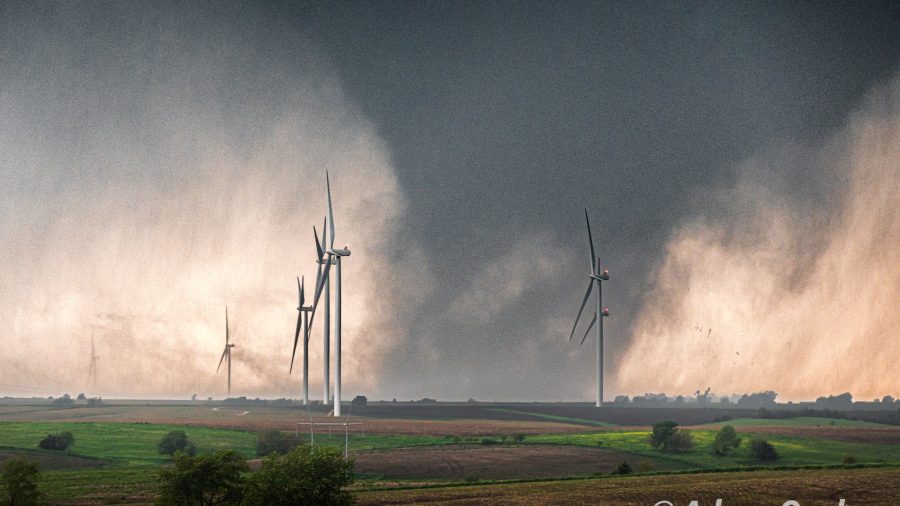
SCIENCE IMPACT: Experimental Warn-on-Forecast System yields 75-minute lead time on violent tornado
SCIENCE IMPACT: NSSL's Warn-on-Forecast System yields 75 lead time on Greenfield, Iowa tornado, demonstrating potential for long-range tornado warnings.
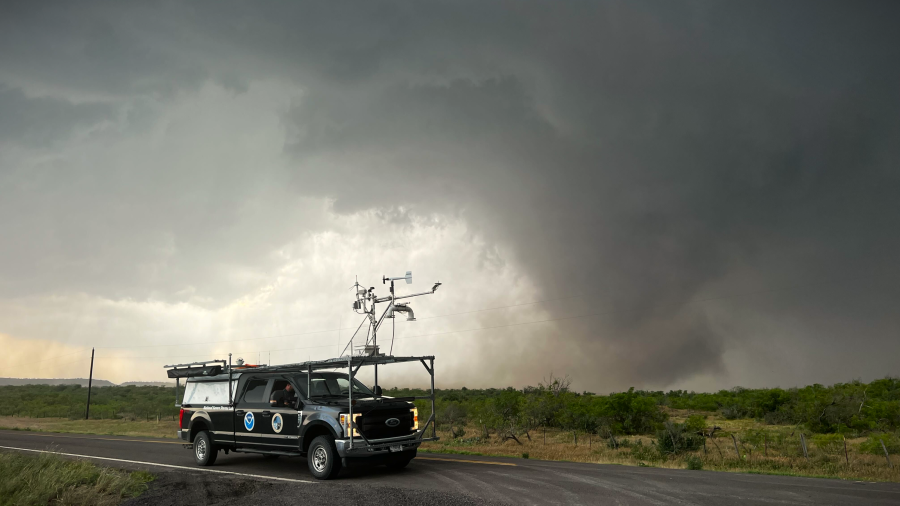
SCIENCE IMPACT: “LIFT” project intercepts violent tornado; collects historic data
NSSL’s Low-Level Internal Flows in Tornadoes experiment, or “LIFT”, intercepted a violent tornado southeast of Duke, Okla., gathering a data set that could prove to be significant in our understanding of tornado winds at the ground level.
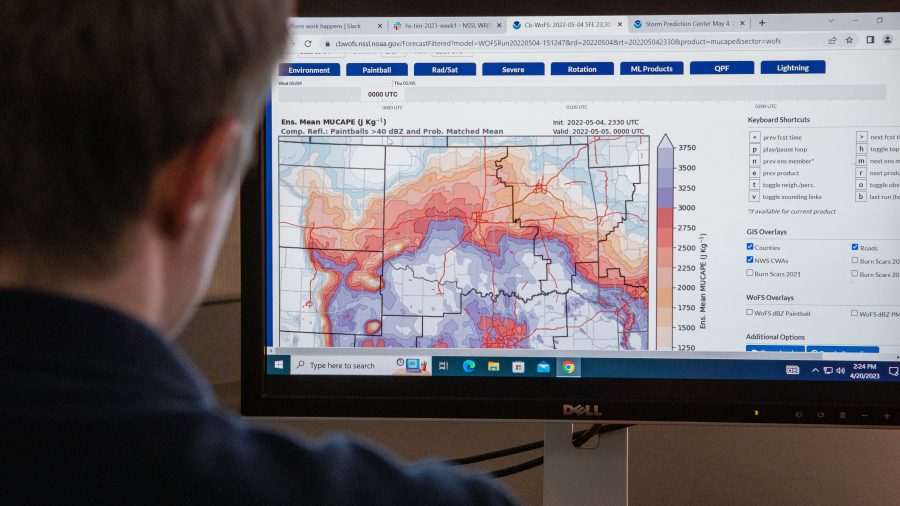
THE WARN-ON-FORECAST SYSTEM: A Weather Forecasting Moonshot
The Warn-on-Forecast System is a revolutionary approach to forecasting severe weather and tornadoes that could lead to a historic leap in warning lead times.

FAR AFIELD: Researchers seek out and study tornadoes and severe weather
For more than 60 years, NSSL researchers have been taking to the field to study tornadoes and severe weather.
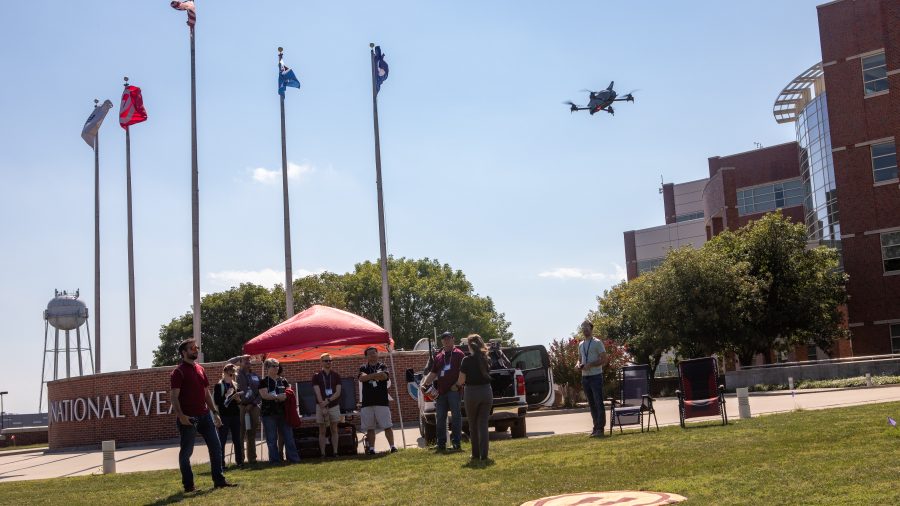
NSSL celebrates Science and Engineering Day
The NOAA National Severe Storms Laboratory (NSSL) hosted its inaugural NSSL Science and Engineering Day recently, gathering lab staff for a full day of reflection, discussion and collaboration. With a focus on appreciating the history and achievements of the lab while also casting a vision for the future, the event gave lab staff a unique opportunity to share, collaborate and think about the future of NSSL.

NSSL offers cutting-edge support as Tropical Storm Hilary makes landfall in California
As Tropical Storm Hilary made landfall in California and affected the southwestern United States, researchers at the NOAA National Severe Storms Laboratory (NSSL) stepped into action, using a cutting-edge tool to lend support to forecasters.
NSSL Video
Threats in Motion
In nature, hazardous weather is almost always in motion. New research and technology are making it possible to provide more continuous information about the storm and its movement. Threats in Motion (TiM) is the next step in the evolution of how weather information is provided to the public. Learn more →
Advanced Technology Demonstrator
Radar research at the NOAA National Severe Storms Laboratory has taken another step forward. The Advanced Technology Demonstrator is the first full-scale, S-band, dual-polarization phased array radar built from the ground up and designed specifically for use as a weather radar. Learn more →
